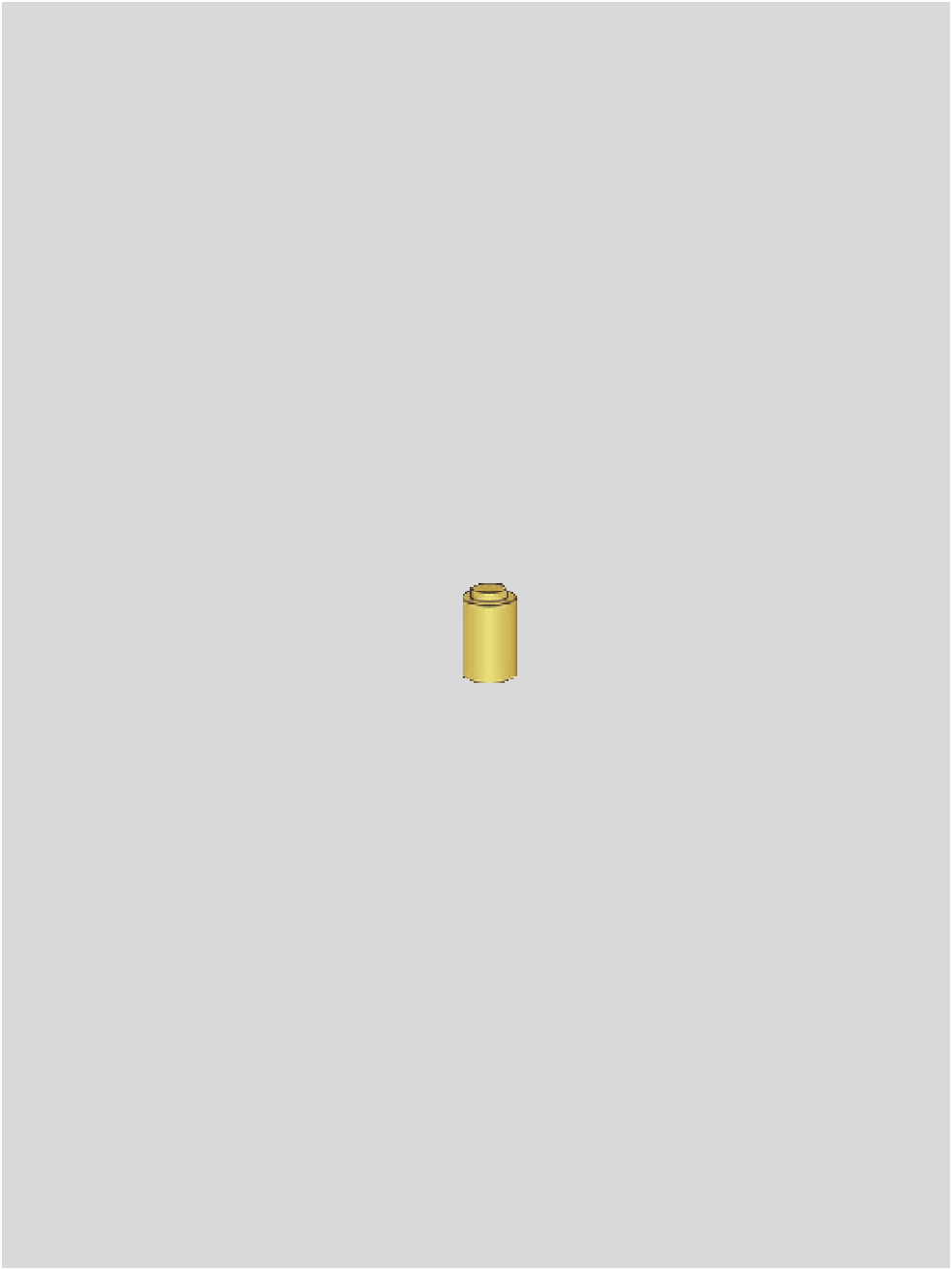Biomedical Engineering Reference
In-Depth Information
27.
Verify the force-velocity curve in Figure 13.40 for the muscle model in Figure 13.38. (Hint:
Use SIMULINK to calculate peak velocity for each value of
.)
28.
Find the force-velocity curve for the experiment in which a lever is not used for the muscle
model in Figure 13.77. Compare the results with those in Figure 13.40.
M
M
FIGURE 13.77
Illustration for Exercise 28.
29.
Consider the model in Figure 13.78A of the passive orbital tissues driven by torque, t(
t
), with
0.5 g/
,
0.06 gs/
, and
10
5
g
2
/
. All elements are rotational. (a) Find
K
p
¼
B
p
¼
J
p
¼
4.3
the transfer function
y
ðÞ
t ðÞ
. (b) Use MATLAB to draw the Bode diagram.
30.
Consider the model in Figure 13.78B of the passive orbital tissues driven by torque t
with J
p
¼
10
5
gs
2
/
,
0.5267 g/
,
0.8133 g/
,
0.010534 gs/
, and
4.308
K
p
1
¼
K
p
2
¼
B
p
1
¼
y
ð
s
Þ
t
0.8133 gs/
. All elements are rotational. (a) Find the transfer function
B
p
2
¼
H
ð
s
Þ¼
.
ð
s
Þ
(b) Use MATLAB to draw the Bode diagram.
31.
Consider the model in Figure 13.79 of the eye movement system. The elements are all
rotational and
¼
K
1
y
2
(a nonlinear rotational spring). (a) Write the nonlinear differential
equation that describes this system. (b) Write a linearized differential equation using a Taylor
Series first-order approximation about an operating point.
32.
Suppose the passive elasticity of unexcited muscle is given by the following nonlinear
translational force-displacement relationship
f
K
(y)
is the displacement from
equilibrium position. Determine a linear approximation for this nonlinear element in the
vicinity of the equilibrium point.
f
K
(y)
¼
x
j
x
j
, where
x























































